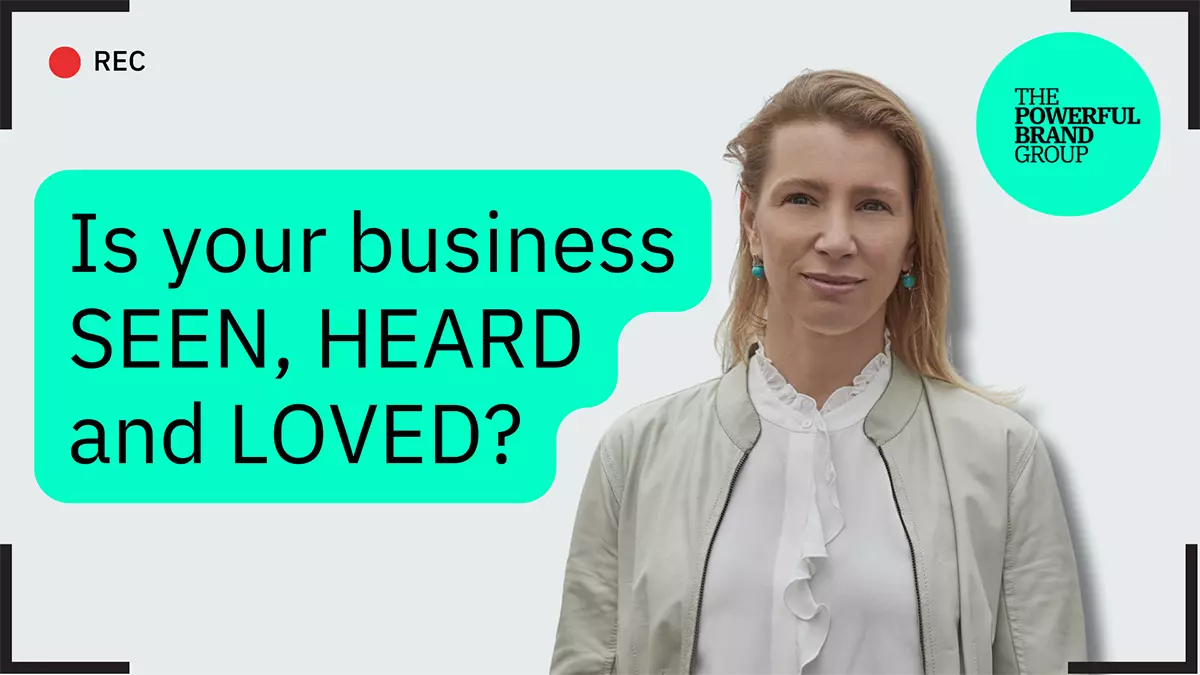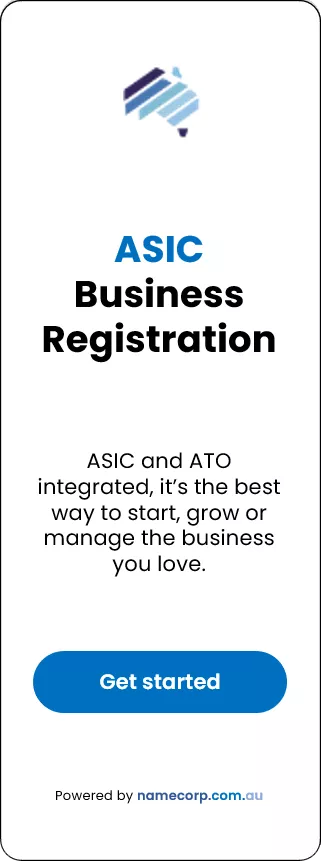Starting a home business is super exciting, right? Hey, the challenge isn't just about setting up your workspace or fine-tuning your product.
One thing that really changes the game is marketing - you know, getting the word out about your new business and bringing in those customers. And guess what? You don't have to break the bank to nail your marketing game.
Know Your Market
Before you jump into particular marketing techniques, it's super important to truly understand your customers and what they want. Knowing your audience is the key to shaping your marketing strategies in a way that resonates with the right people using the right methods.
So, start by figuring out your ideal customer's age, location, interests, and the issues they face that your business can solve. You can gather these insights through online surveys, social media chats, or by staying tuned to industry trends.
Using Social Media
Social media is a game-changer for home business owners! It lets you connect with a wide audience without breaking the bank.
Just pick platforms that vibe with your audience. Got eye-catching products? Think Instagram and Pinterest. Offering services or being more pro? LinkedIn and Facebook have your back.
Building a Social Media Presence
Having a solid social media presence is super important for home businesses. It helps you connect with your peeps and reach more folks. Platforms like Instagram, Pinterest, LinkedIn, and Facebook give you cool chances to show off what you do, chat with customers, and get your brand out there. To do well on these platforms, just make sure you're putting out top-notch content and chatting with your audience regularly.
When picking platforms, remember they cater to various audiences and business types. For instance, with a visually attractive product, go for Instagram or Pinterest. But if you provide professional services, LinkedIn and Facebook might be better options.
Create quality content
The key to success on social media is creating high-quality content that captures the attention of your audience. This includes using eye-catching visuals, engaging captions, and relevant hashtags. Make sure to mix up the type of content you post to keep things interesting for your followers.
Connect with your audience
Social media isn't just about posting content, it's also about engaging with your audience. Responding to comments and messages shows your followers how much you appreciate them and can help you build a stronger bond with them.
Make the most of social media tools!
You'll find a bunch of handy tools out there to help you manage your accounts effortlessly. Whether you're scheduling posts ahead of time or diving into data and trends, these tools can save you time and ramp up your strategy.
Work with others
Partner up with other businesses or influencers in your industry to widen your reach and attract new followers. How about trying a collaboration or shoutout exchange to connect with each other's audiences? Influencer marketing is a powerful tool for many types of businesses.
Keep an eye on your data!
It's key to stay on top of how your social media channels are doing, so you can see what's working and what needs tweaking. This way, you can make smart choices about your content and make sure you're hitting your targets.
Keep in the loop with trends
Social media is always changing, so make sure you're up to speed with the latest trends and features on different platforms. It'll keep your content fresh and engaging for your audience.
Use hashtags
Hashtags are a great way to increase visibility for your posts on social networks. Research popular hashtags in your industry and incorporate them into your content to reach a wider audience.
Engage with your audience
Social media is all about building relationships, so make sure to actively engage with your followers. Engage with comments, ask some questions, and jump into conversations to show them you value their input and opinions!
Consistency is key in social media marketing.
Use tools like Hootsuite or Buffer to schedule your posts for consistent activity. Keep an eye on what types of posts get the most interaction and try to produce more content in that style. You don’t need expensive tools to measure your impact; most social platforms provide basic analytics that can help you understand which strategies are working.
Developing a Content Marketing Strategy
Content marketing involves creating and sharing valuable pieces of content to attract and retain customers. This could be through blogs, videos, podcasts, or infographics.
Content Planning
Plan your content ahead with a content calendar. It's a great way to stay organised and know what to share and when. This keeps your marketing consistent and on time. Remember to create content that's useful, informative, or fun for your audience!
Types of Content
Mix up the content you create to keep your audience interested. Blogs work well for in-depth articles, videos are great for demos or testimonials, and infographics help break down complex info into easy visuals. Don't be afraid to try new types of content and see what resonates with your audience.
SEO Basics
Search engine optimization (SEO) improves your content’s visibility on search engines like Google. Use relevant keywords naturally in your content, use meta descriptions, and create quality content that addresses your customers' needs. This boosts the chances of your website ranking higher in search results, which means more organic traffic coming your way!
Keyword Research
Before creating any content, do some keyword research to find out what your target audience is searching for. Use tools like SEMrush to identify high-volume keywords related to your industry or niche. This will help you create content that is relevant and optimized for search engines.
Optimize for SEO
Incorporate those keywords into your content in a natural way. Make sure to include them in the title, headings, and throughout the body of your content. This will help improve your chances of ranking higher on search engine results pages and driving more organic traffic to your website.
Promote Your Content
Don't just create great content and hope people will find it. You need to actively promote your content through various channels such as social media, email marketing, and guest blogging. This will help increase visibility and reach a larger audience.
Engage with Your Audience
Once your content is live, make sure to engage with your audience by responding to comments and questions. This will not only show that you value their input, but also help foster a sense of community around your brand.
Use the power of storytelling.
People connect with stories, so use this to your advantage in your marketing. Share personal or customer success stories that demonstrate the value of your product or service. This can create a strong emotional connection with potential customers and lead them to choose your business over competitors.
Email Marketing
Email marketing remains one of the most cost-effective ways to reach customers directly.
Starting an Email List
Collect email addresses from your website, social media, or in person by giving something valuable in return, like a discount code or a free guide linked to your industry. Just make sure you follow email marketing laws by getting permission to send emails.
Creating Effective Campaigns
When you're sending emails, aim to provide content that truly adds value. Whether it's a promo update, your regular newsletter, or a business announcement, make sure those emails are engaging and on point! You might also want to check out tools like Mailchimp - they offer free services for a small subscriber base and have templates to help you create those polished emails.
It's also important to balance promotional content with informative and educational content. Your subscribers don't want to constantly be bombarded with sales pitches, so make sure to mix it up and provide valuable information that will keep them engaged.
Keeping an eye on your email campaign data is key to figuring out what clicks with your audience. Check out the open rates, click-through rates, and conversions to see which emails are hitting the mark and which might need a tweak.
Another key thing about email marketing is personalisation. It's not just about dropping a name in the subject line. Dive into your subscribers' interactions and preferences to customise the content and offers they get. This way, they'll feel a stronger connection to your brand and up the odds of conversion.
Also, never underestimate the power of A/B testing! Try out various subject lines, email designs, and calls-to-action to figure out what resonates with your audience. Keep fine-tuning and enhancing your emails using data - it'll definitely lead to better results!
At the end of the day, nailing email marketing comes down to giving value and forming connections with your subscribers. Get to know their interests, personalize content, and keep an eye on the data to craft impactful campaigns.
Tapping into the Power of Networking
Don’t underestimate the power of word-of-mouth marketing. Connect with local business groups, drop by community events, or hop on online forums that match your industry. These connections might just spark some awesome partnerships, amp up brand visibility, and let you engage directly with your customers. When you build a strong network, you also get valuable insights and connections to reach potential new customers.
Additionally, consider creating a referral program for your current customers. Offer incentives or rewards for them to refer their friends and family to your business. This can not only help increase word-of-mouth promotion but also strengthen customer loyalty.
Keep an eye on and tweak your strategies.
Keep track of how well your marketing strategies are performing. Use the insights gained from social media and email analytics to understand what's working and what's not.
Don't be afraid to adjust your tactics. Marketing is an ongoing process of learning and evolving based on feedback and results. Stay up to date on industry trends and consistently educate yourself on new strategies and tactics.
Lastly, remember to always stay true to your brand and maintain a consistent message and tone across all platforms. This will help build trust with your audience and make your marketing efforts more effective.
Overall, successful digital marketing requires a combination of creativity, consistency, and constant analysis. With the right strategies in place and a willingness to adapt and improve, you can effectively promote your business online and drive growth for years to come. So don't be afraid to experiment and find what works best for your unique business!
Wrapping it up
Marketing your home business doesn't require a hefty budget—just creativity, effort, and a strategic approach. By understanding your market, leveraging social media, developing a content strategy, using email marketing, and networking, you can effectively promote your business and watch it grow.
Additional Resources
For those looking to deepen their marketing knowledge, numerous resources are available online. Websites like HubSpot offer free courses and guides that cover various aspects of digital marketing.
Embrace these budget-friendly marketing tactics to boost your visibility and make a big impact without breaking the bank, setting your home business up for success.



